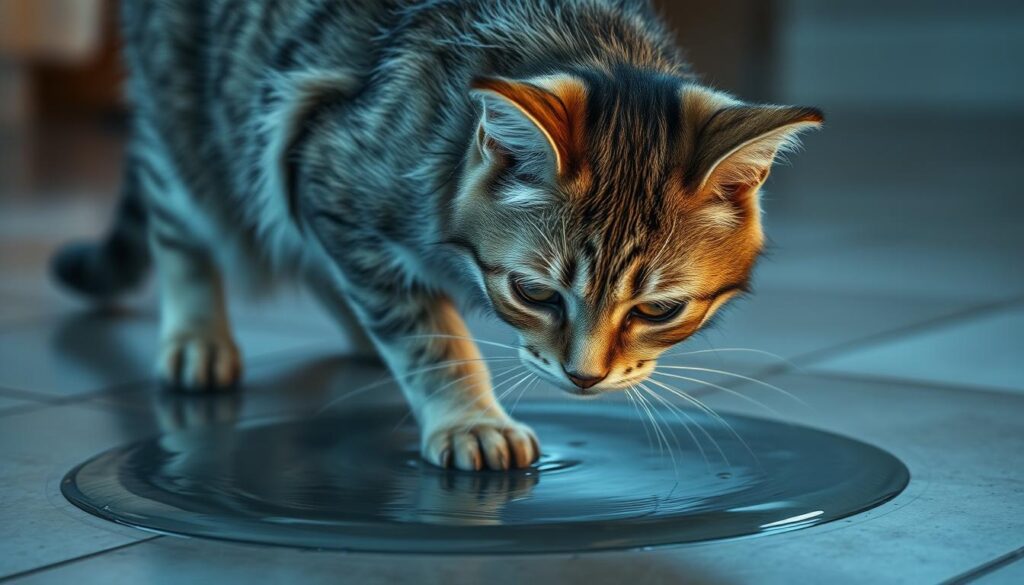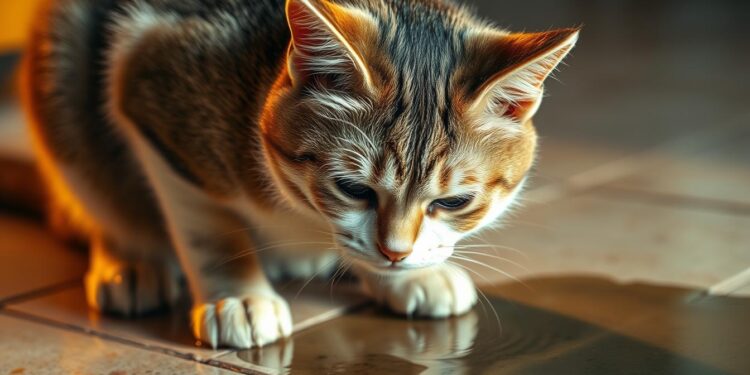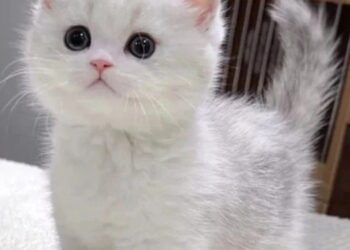Have you ever noticed how some cats react when they come into contact with water? While many felines are indifferent to getting wet, others display a strong aversion, shaking and fleeing at the mere sight of it. This behavior is characteristic of a water-averse feline, a trait that has fascinated many cat owners and enthusiasts.
The phenomenon of cats being hydrophobic is not just about their dislike for water; it’s about understanding their unique characteristics and behaviors. By exploring this trait, we can gain insights into the diverse personalities and quirks that make our feline friends so intriguing.
As we delve into the world of hydrophobic cats, we’ll uncover the reasons behind their aversion to water and what it tells us about their nature.
Why Most Cats Are Hydrophobic
Understanding why cats are hydrophobic requires delving into their evolutionary history and physical attributes. This aversion to water is not just a quirk; it’s rooted in their biology and history as predators.
Evolutionary Reasons Behind Feline Water Aversion
Cats’ ancestors were desert-dwelling animals, and their bodies adapted to conserve water and energy. As a result, they developed a strong instinct to avoid unnecessary contact with water, which could lead to hypothermia and discomfort. This evolutionary trait has been passed down through generations, making many domestic cats wary of water.
Physical Characteristics That Make Water Uncomfortable
Cats have a unique coat that is both water-repellent and sensitive to wet conditions. When their fur gets wet, it becomes heavy and uncomfortable, causing them distress. Additionally, cats have a high surface-to-volume ratio, making them prone to heat loss when wet. This physical discomfort contributes to their overall aversion to water.
| Characteristics | Effect on Cats |
|---|---|
| Water-repellent coat | Initially resists water, but becomes heavy when wet |
| High surface-to-volume ratio | Prone to heat loss when wet |
| Evolutionary history | Inherited aversion to water from desert-dwelling ancestors |
Cats’ fear of water is a complex trait influenced by both their evolutionary past and their physical characteristics. By understanding these factors, cat owners can better appreciate their pets’ behaviors and needs.
5 Signs You Have a Hydrophobic Cat

Observing your cat’s behavior around water can reveal whether they are hydrophobic, and there are several key signs to look out for. Cats that are scared of water or have an aversion to it often display distinct reactions when exposed to water or even just near water sources. Understanding these signs can help cat owners identify if their cat is hydrophobic.
Panic Reactions When Near Water
One of the most telling signs of a hydrophobic cat is their panic reaction when near water. This can manifest as frantic running away, hissing, or even aggressive behavior when they are near a water source, such as a bathtub or a sink. Such reactions indicate a strong aversion to water.
Avoidance Behaviors Around Bathrooms and Sinks
Hydrophobic cats often exhibit avoidance behaviors around areas where water is commonly used, such as bathrooms and sinks. They might avoid entering these areas or show reluctance to be near these spaces, even when they are not in use. This avoidance is a clear sign of their discomfort around water.
Excessive Grooming After Water Contact
If your cat has come into contact with water, either accidentally or during a bath, a hydrophobic cat may engage in excessive grooming to remove the water from their fur. This behavior is not just about cleanliness; it’s also a stress response to the discomfort caused by the water.
Stress Signals During Bath Time
Bath time can be extremely stressful for hydrophobic cats. They may display stress signals such as meowing loudly, trying to escape, or even displaying aggressive behavior like scratching or biting. These reactions are indicative of their fear and discomfort.
Other Signs
Other signs that your cat might be hydrophobic include shaking or shivering after being wet, hiding after a bath, or generally being more anxious in environments where water is present. These behaviors collectively point towards a cat’s aversion to water.
| Signs | Description |
|---|---|
| Panic Reactions | Frantic behavior near water sources |
| Avoidance Behaviors | Avoiding areas where water is used |
| Excessive Grooming | Grooming excessively after water contact |
| Stress Signals | Meowing, escaping, or aggression during baths |
| Other Signs | Shaking, hiding, or increased anxiety around water |
How to Help Your Hydrophobic Cat Overcome Water Fear

Cats that exhibit hydrophobia can benefit from a carefully planned strategy to help them become more comfortable with water. This involves understanding their fear and implementing techniques that gradually introduce water in a non-threatening manner.
Gentle Desensitization Techniques
Gentle desensitization is a powerful method for helping hydrophobic cats. It starts with small exposures to water, such as simply being in the same room as a running faucet or a bowl of water, and gradually increases the cat’s interaction with water over time. Key steps include:
- Starting with visual exposure to water
- Gradually introducing the sound of running water
- Encouraging exploration of water under controlled conditions
Creating Positive Water Experiences
Creating positive associations with water is crucial. This can be achieved by using water-based activities that your cat enjoys, such as playing with a dripping faucet or being rewarded with treats during water exposure. The goal is to make the experience pleasant and rewarding.
When to Respect Your Cat’s Boundaries
While helping your cat overcome hydrophobia is important, it’s equally crucial to respect their boundaries. Forcing a cat into water can create more trauma. Recognizing and honoring their comfort level ensures a trusting relationship and a more successful desensitization process.
Understanding Feline Hydrophobia
Cats exhibiting feline hydrophobia display unique traits that require special attention and care. By understanding the evolutionary reasons behind their water aversion and recognizing the signs of hydrophobic behavior, cat owners can provide a more comfortable and stress-free environment.
Gentle desensitization techniques and positive water experiences can help hydrophobic cats overcome their fear. However, it’s essential to respect their boundaries and not force them into situations that may cause undue stress.
By acknowledging and addressing feline hydrophobia, cat owners can strengthen their bond with their pets and ensure their overall well-being. Providing a nurturing environment that caters to their needs is crucial for building trust and promoting a happy and healthy relationship.






